Finca El Ocaso Salento
Finca El Ocaso is located 5 km from the main plaza in Salento. It is easily reachable by taxi aka Willy, which are jeeps that transport visitors between the town centre and various trekking spots or coffee farms. El Ocaso translated means ‘the sunset’ and the coffee farm wants to ‘preserve and share coffee culture through life experiences’. It also offers accommodation for up to 10 people.
Visitors can choose between a premium and a basic tour in Spanish and English and will then be taken around the plantation with wicker baskets tied around the waist to collect coffee cherries.
These tours go for 1.5 or 3 hours and educate guests about the entire coffee production process from growing to harvesting. Expect to learn that coffee cherries are ripe and ready to be picked after 5 months and that the harvest periods run from April to May and November to December. Of course, a trip to a Finca also includes a freshly brewed cup of coffee afterwards.
Finca El Ocaso is probably the most well-known and advertised coffee farm in Salento. When you picture a traditional coffee farm, it’s probably this exact Finca that pops up in your head: A beautiful red and white painted colonial-style farmhouse, over a hundred years old, in a picturesque setting surrounded by lush greenery.
When it comes to their coffee, El Ocaso has certifications for being ethical, organic and sustainable. The climate is very favourable for growing coffee as it’s not too hot. In the plantations, guava plants and banana trees provide additional shade, which slows the ripening process of the beans and results in a naturally sweeter tasting coffee.


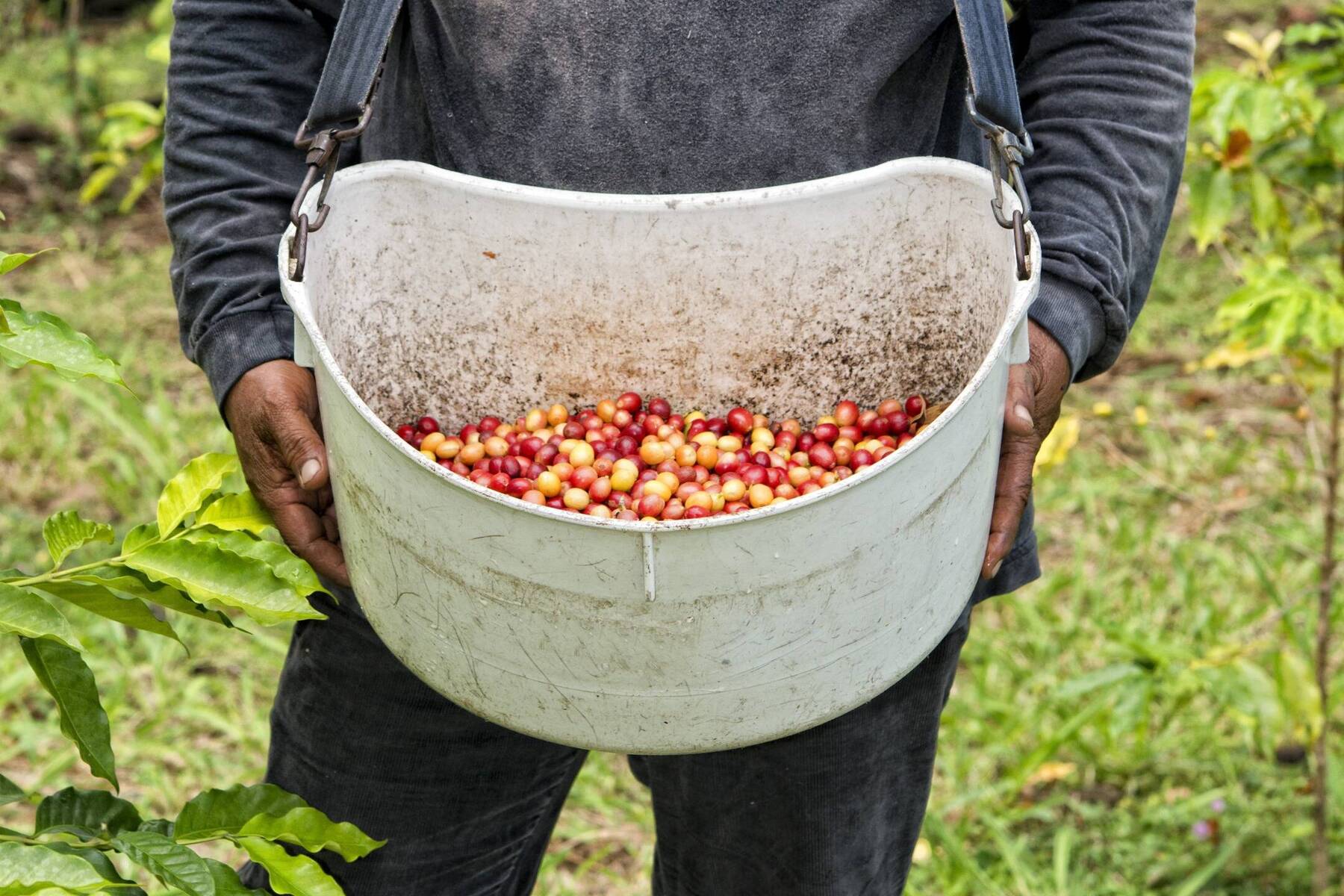
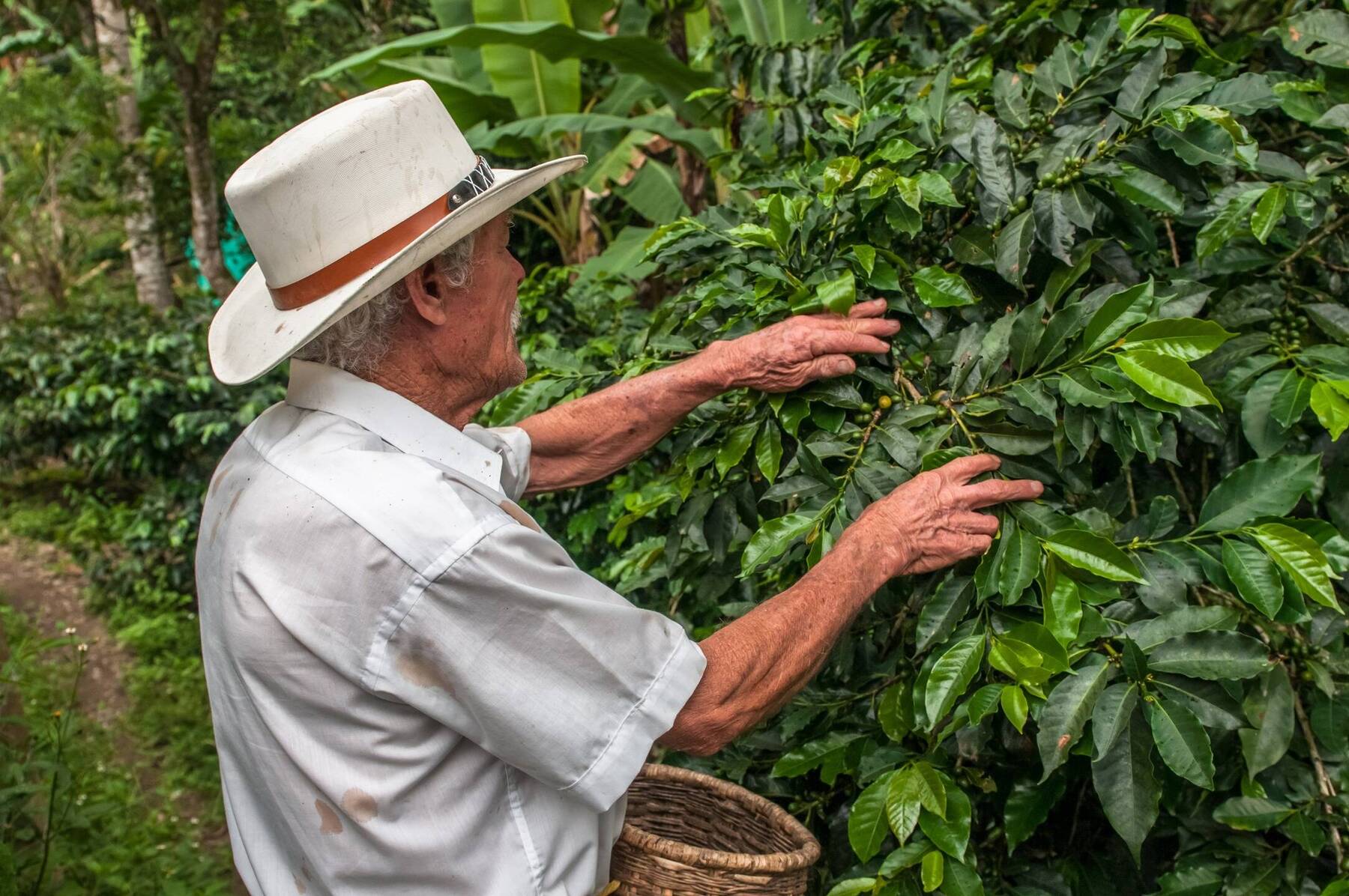
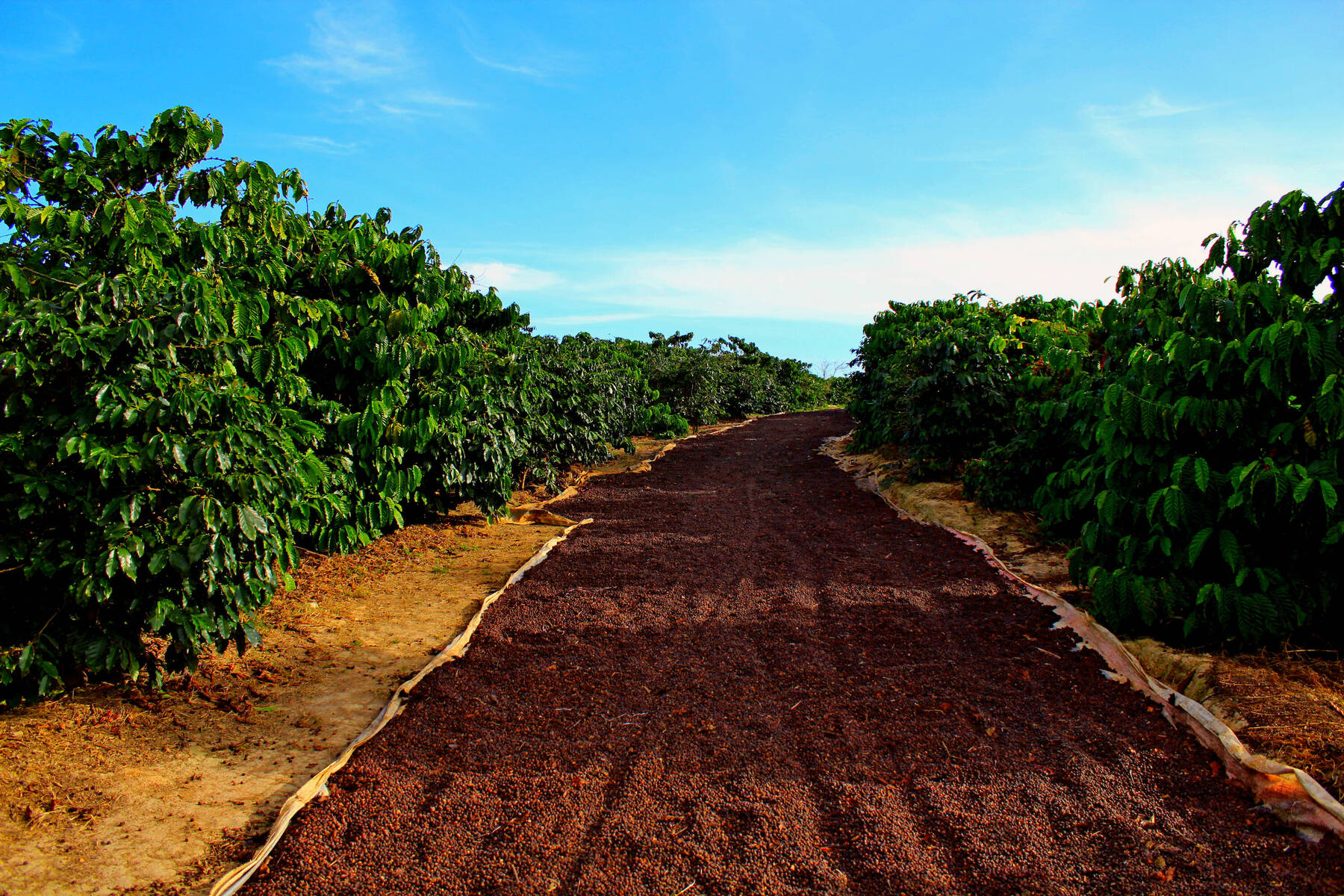
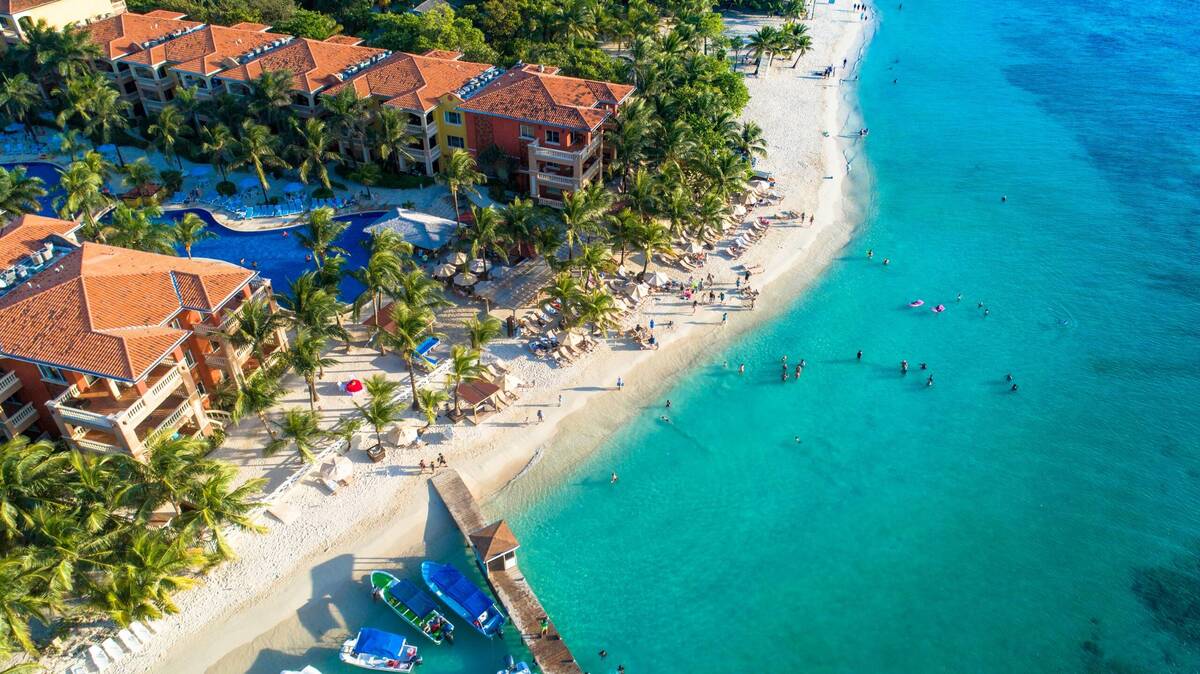
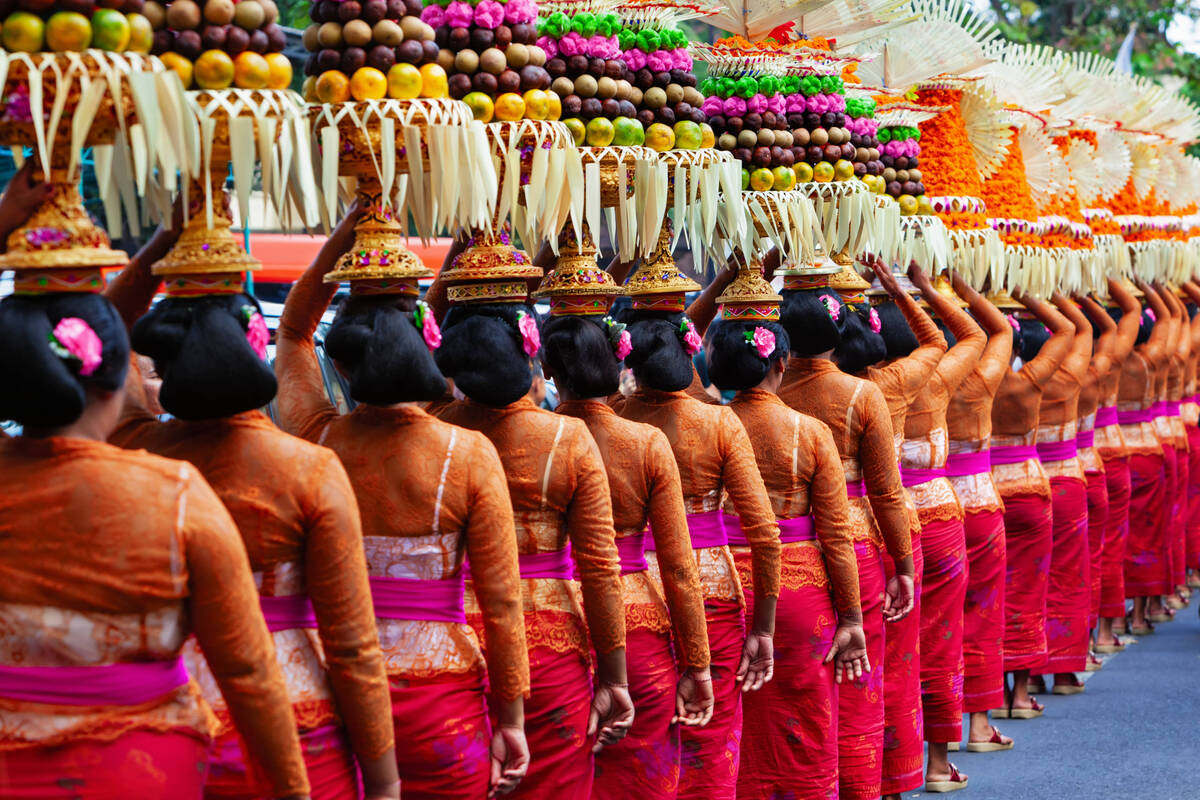
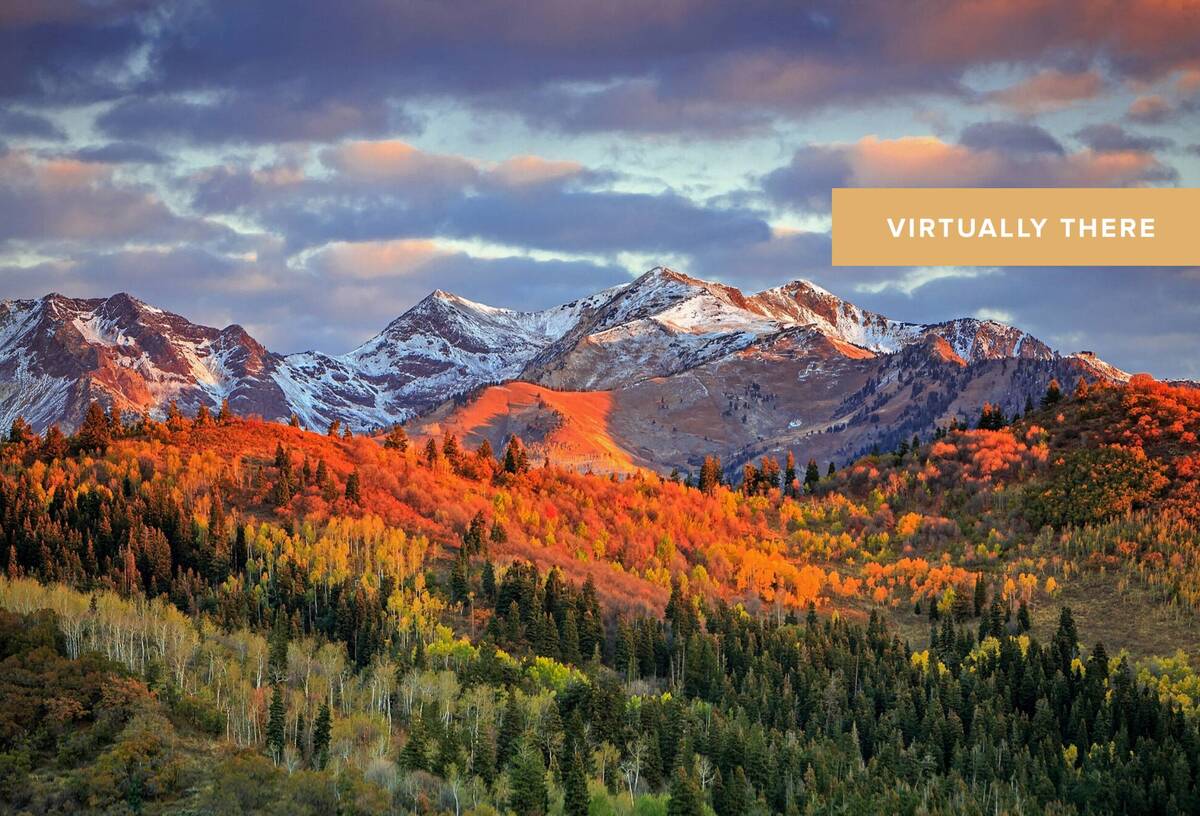













Comments